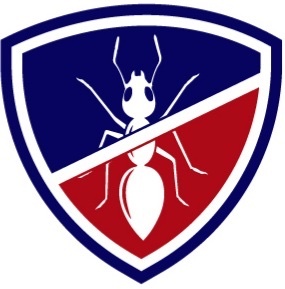News
Tools of the trade - Synthetic Pyrethroids

Synthetic pyrethroids are a class of pesticides that mimic the properties of natural pyrethrins but are chemically modified to increase their potency and stability. The development of synthetic pyrethroids began in the 1960s as a response to the growing demand for safer and more effective insecticides.
The first synthetic pyrethroid, allethrin, was developed by British chemists in 1949, but it was not until the 1970s that the more potent and long-lasting pyrethroids such as permethrin and cypermethrin were introduced. Synthetic pyrethroids work by targeting the nervous system of insects, causing a disruption in the normal function of nerve cells and leading to paralysis and death. They are effective against a wide range of insect pests, including mosquitoes, flies, moths, and beetles, and are commonly used in agriculture and public health settings.
One of the key advantages of synthetic pyrethroids is their high efficacy at low doses, meaning that they can be used at relatively low concentrations, reducing the risk of exposure to humans and non-target organisms. They are also highly stable and persistent in the environment, and are not easily broken down by sunlight or rainfall. Despite their effectiveness, however, synthetic pyrethroids can have harmful effects on non-target species, particularly aquatic organisms such as fish and crustaceans. They can also have negative effects on pollinators such as bees and butterflies, and have been implicated in the decline of some insect populations.
Overall, while synthetic pyrethroids have been a powerful tool for controlling insect pests such as bed bugs. their use must be carefully managed to minimise their impact on the environment and non-target organisms.


